Recovering 1940s Horror Cinema
Recovering 1940s Horror Cinema
Traces of a Lost Decade
Edited by
Mario DeGiglio-Bellemare, Charlie Ellb, and Kristopher Woofter
LEXINGTON BOOKS
Lanham Boulder New York London
Published by Lexington Books
An imprint of The Rowman & Littlefield Publishing Group, Inc.
4501 Forbes Boulevard, Suite 200, Lanham, Maryland 20706
www.rowman.com
Unit A, Whitacre Mews, 2634 Stannary Street, London SE11 4AB
Copyright 2015 by Lexington Books
All rights reserved . No part of this book may be reproduced in any form or by any electronic or mechanical means, including information storage and retrieval systems, without written permission from the publisher, except by a reviewer who may quote passages in a review.
British Library Cataloguing in Publication Information Available
Library of Congress Cataloging-in-Publication Data
Recovering 1940s horror cinema : traces of a lost decade / edited by Mario DeGiglio-Bellemare, Charlie Ellb?, and Kristopher Woofter.
pages cm
Includes bibliographical references and index.
ISBN 978-1-4985-0379-2 (cloth : alk. paper)ISBN 978-1-4985-0380-8 (electronic) 1. Horror filmsUnited StatesHistory and criticism. 2. Motion picturesUnited StatesHistory20th century. I. DeGiglio-Bellemare, Mario, 1965 editor. II. Ellb?, Charlie, 1986 editor. III. Woofter, Kristopher, 1971 editor.
PN1995.9.H6R43 2014
791.43616409044dc23
2014037628
 The paper used in this publication meets the minimum requirements of American National Standard for Information SciencesPermanence of Paper for Printed Library Materials, ANSI/NISO Z39.48-1992.
The paper used in this publication meets the minimum requirements of American National Standard for Information SciencesPermanence of Paper for Printed Library Materials, ANSI/NISO Z39.48-1992.
Printed in the United States of America
For Rondo Hatton
Contents
Acknowledgments
Several essays in this collection grew out of presentations given in the Horror Area of the Popular Culture/American Culture Associations (PCA/ACA) National Conference between 2010 and 2014. The editors also would like to thank the students and faculty of the Miskatonic Institute of Horror Studies in Montral, Qubec (http://www.miskatonicinstitute.com/) who participated in the course, Fragments of the Monster: Recovering Forties Horror (from October 29 to December 3, 2012), especially Esinam Beckley, Ariel Esteban Cayer, Brad Colbourne, Anne Golden, Karen Herland, Kier-La Janisse, Cory Legassic, and Tamara Vukov. Special thanks go to the contributors to the collection for their excellent research into a neglected era of horror cinema, and to the following for their support and/or assistance in the preparation of this collection: Laura Beauchamp, Catherine Bernier, Tanya Cochran, Oksana Dykyj, Gwendolyn Audrey Foster, Eric Franchi, Jim Iaccino, Sophie Lessard, Ursula Misztal, Matthew Ogonoski, Pradeep Pillai, Lindsey Porambo, Carl Sederholm, Rick Trembles, Annalle Winand, and Rick Worland.
Introduction
Fragments of the Monster
Recovering a Lost Decade
Mario DeGiglio-Bellemare and Kristopher Woofter
The opening image reveals the logo of a studio not usually associated with the horror genre of the classic period in Hollywood: Columbia Pictures. As the Columbia logo fades out, a womans face appears in shadowy close-up. Her look is one of distress as she slowly backs away from the camera. Fear seems to be the determining factor in her shrinking demeanor, yet we are still not sure of the source of the threat. We could be watching the opening credits of an early film noir, a mystery, a paranoid womans picture, a police procedural, or a supernatural chiller. Cryptic words appear on the screen, superimposed over the image of the woman: The imagination of man at times sires the fantastic and the grotesque. That the imagination of man can soar into the stratosphere of fantasy is attested by . The statement is unfinished, its implications unattributed to any source. We are left with an overwhelming sense of puzzlement. Something appears now out of the shadowsa dark figure that moves in on the woman, its arms spread wide as she continues to back away. A black cape overtakes the woman and the entire frame. The iconic signifiersshadows, cape, cringing female formlead us to the conclusion that we have witnessed the appearance of Dracula. The Columbia Pictures signature reappears again over the figure, as if staking a claim to the horror canon of classic Hollywood, which the prevailing discourse assigns to the immutable dominance of Universal Studios. A scream pierces the soundtrack, and a waft of smoke fills the screen. The title is finally revealed as The Return of the Vampire (1944). In these opening moments, the monster appears to us only in fragments, a phantom figure to be fully unveiled only at the 23-minute mark of this 69-minute film. But the generic mimicry of classical horror traits in these images prepares us well for the monstrous return promised in the title.
Cycles of unwelcome repetition and return: this has been the most consistent framing of the horror film in the decade of production that encompasses World War II. Accordingly, the tendency has been to read images like those in Return of the Vampire s title sequence as indicative more of campy allusion than canny intertext. Even the titles of the Universal horror films of the period reflect an almost obsessive awareness of a tradition of horror inherited from more classical 1930s origins: Son of Frankenstein (Rowland V. Lee, 1939), Son of Dracula (Robert Siodmak, 1943), The Mummys Ghost (Reginald Le Borg, 1944), The Mummys Curse (Leslie Goodwins, 1944), House of Frankenstein (Erle C. Kenton, 1944), House of Dracula (Erle C. Kenton, 1945). An anxiety of influence has been read into these titles, a framing that has done damage to the importance of the horror sequel in the conceptualization of the genres presence in the 1940s, and the genres formation in general. Peter Hutchings argues that the negative perception of sequel-heavy 1940s Universal horror is often intertwined with a prejudice against the sequel itself as a particular cinematic format, with the sequelisation process seeming to mark the moment where innovation ends and exploitation begins (2007: 20). Less a sequel than a variation on a theme, Return of the Vampire has nonetheless suffered the kind of critical prejudice that Hutchings describes.
The title sequence of Return of the Vampire is suggestively palimpsestic by design, one referential image overtaking another in continual rewriting and revision. The title appears superimposed over the image of a menacing vulture, conjuring up images from the independently-produced White Zombie (Victor Halperin, 1932) starring Bela Lugosi. The next set of credits affirms this connection as the name of Lugosi appears on screen. Lugosi is, of course, one of the most iconic actors of the classic horror period, his name (Todd Browning) forever associated with Universals Dracula from 1931. Yet the ominous, oboe-like sounds of the musical score attributed to Mario C. Tedesco in the credits recall not Dracula , but another movie, released by Universal in 1941, The Wolf Ma n (George Waggner), which was scored by Charles Previn, Hans J. Salter, and Frank Skinner. The final credit reveals the name of the films director, Lew Landers. This was the pseudonym of the man who directed Bela Lugosi in Universals The Raven in 1935, as Louis Friedlander. At this point in the 1940s, Landers was working in the B-unit of Columbia Pictures, which was overseen by Sam White, a much less prestigious job than working with Lugosi at Universal in the 1930s, the period often understood as the most innovative time in American horror. This one-minute credit sequence thus encapsulates many of the themes of this book: the intermingling aspects of genre hybridity, generic intertextuality, along with a prestige-film vs. B-list film binary and its association with both periodization (the 30s vs. the 40s) and studio branding (horror = Universal).
Next page
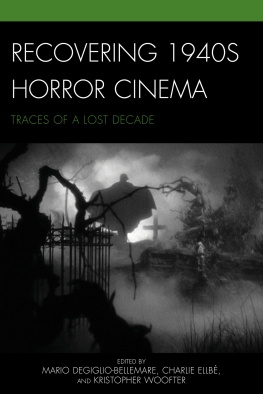

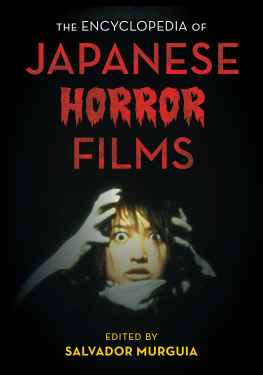
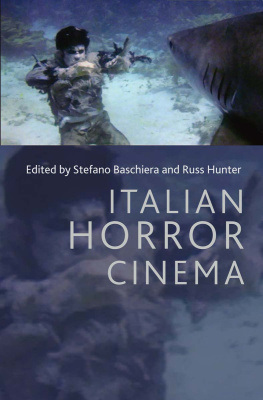
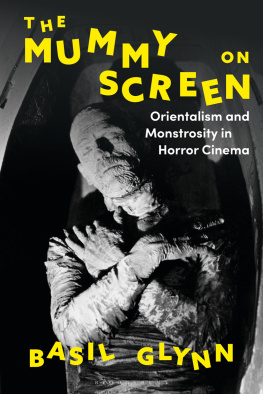

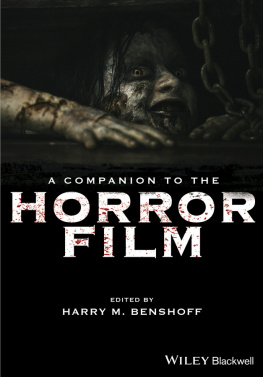
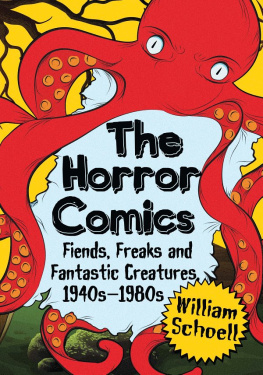

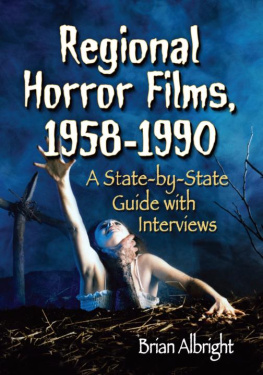
 The paper used in this publication meets the minimum requirements of American National Standard for Information SciencesPermanence of Paper for Printed Library Materials, ANSI/NISO Z39.48-1992.
The paper used in this publication meets the minimum requirements of American National Standard for Information SciencesPermanence of Paper for Printed Library Materials, ANSI/NISO Z39.48-1992.